The Unholy Trinity
The term ‘folk horror’ was first used in relation to film in 1970, when reviewer Rod Cooper used it to describe Piers Haggard’s Blood on Satan’s Claw (1971).
While many of the themes of folk horror can be compared to supernatural horror, there are a few key differences. The landscape of folk horror almost becomes a character in itself—isolated villages, barren fields and claustrophobic woods all play host to folkloric creatures, sacrifices, rituals and superstition.
Folk horror often focuses on the darker side of human behaviour, with outsiders entering cults and close-knit communities, usually with very bad consequences.
In an article for the BFI, writer and filmmaker Adam Scovell described three films as the ‘Unholy Trinity’ of folk horror and they are a perfect place to start if you’re new to the genre.
Witchfinder General
(dir. Michael Reeves, 1968)

Based on real-life witch-hunter Matthew Hopkins, who worked as the proclaimed ‘Witchfinder General’ between 1644 and 1647.
The film sees an idyllic English countryside darkened by paranoia and misogyny, as Hopkins (played by horror legend Vincent Price) searches East Anglia for supposed witches. The hunter eventually becomes the hunted, as Richard Marshall (Ian Ogilvy) seeks revenge from Hopkins for the torture and murder of his fiancée and her father.
Blood on Satan’s Claw
(dir. Piers Haggard, 1971)
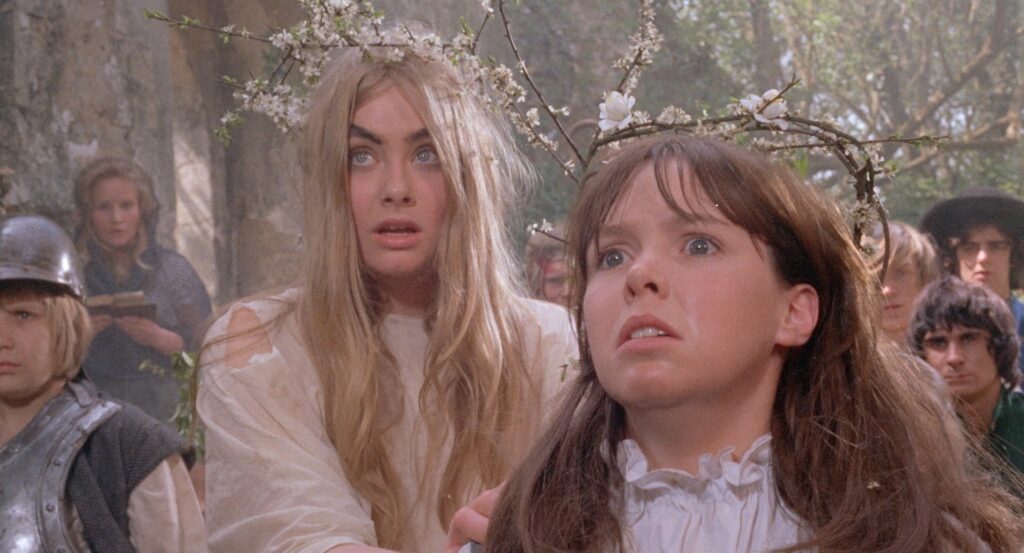
Though not the first in the trilogy, Blood on Satan’s Claw is deemed to be the definitive folk horror film.
In an isolated English village in the 17th century, children are haunted by the demonic presence—perhaps the Devil himself—that lurks in the woods. They perform increasingly violent rituals and begin to grow patches of thick, hairy skin, which they use to reassemble the creature.
The Wicker Man
(dir. Robin Hardy, 1973)
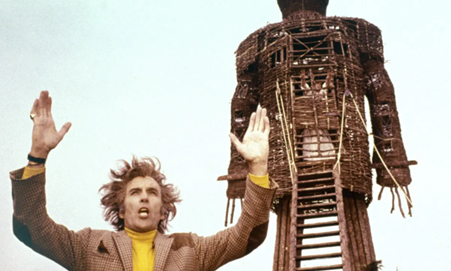
Inspired by David Pinner’s 1967 novel Ritual, The Wicker Man is arguably the most well-known folk horror film.
Edward Woodward stars as Police Sergeant Neil Howie, who is sent to a remote Hebridean island to search for missing girl Rowan Morrison. Howie, a devout Christian, appears deeply troubled by the island and its inhabitants who, led by Christopher Lee’s Lord Summerisle, practice Pagan rituals and celebrations (with more folk songs than you can shake a maypole at).
Folk Horror Revival
In recent years, folk horror has seen something of a renaissance on the big screen, with Ari Aster’s Midsommar regenerating interest in the genre. If that eerie feeling in the woods has your interest piqued, here are some modern folk horror titles to explore.
The Witch
(dir. Robert Eggers, 2015)
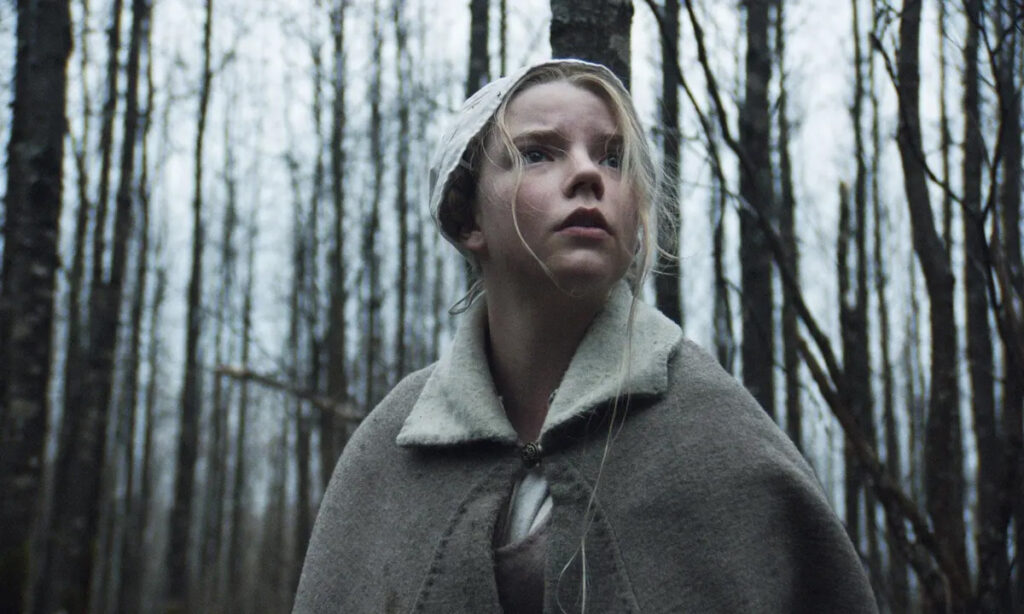
Once again drawing from the moral panic of witchcraft that dominated 17th century England and America, The Witch sees a family banished from a Puritan community in New England.
Now living in isolation, the family’s youngest child, Samuel, disappears. What follows is a series of increasingly harrowing events for the family, with eldest daughter Thomasin (a powerful debut from Anya Taylor-Joy) accused of witchcraft.
Midsommar
(dir. Ari Aster, 2019)
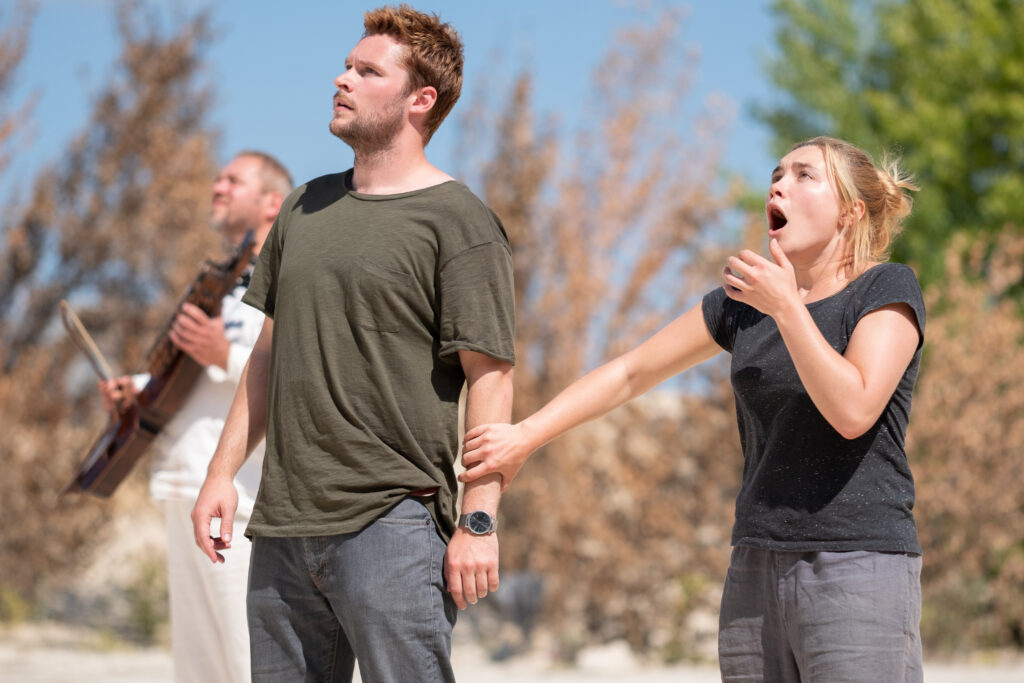
DSCF9328.RAF
A group of friends, including dysfunctional couple Dani (Florence Pugh) and Christian (Jack Ryder), travel to a remote part of Sweden for a midsummer festival.
The group find themselves in the grip of a cult practicing Scandinavian Paganism, with human sacrifices and abusive rituals juxtaposed with the lush Swedish landscape.
Lamb
(dir. Valdimar Jóhannsson, 2021)
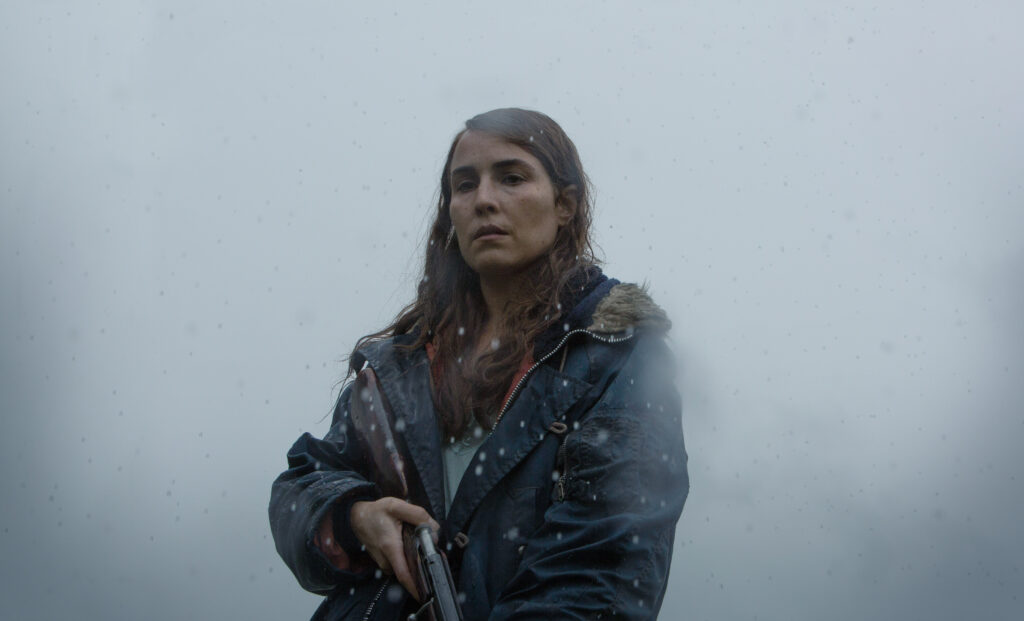
Staying in the Nordic countries, this bleak Icelandic folk tale sees farmers Maria (Noomi Rapace) and Ingvar (Hilmir Snær Guðnason) raising a half-sheep, half-human baby as their own, but they aren’t the only ones who think the child is theirs…
Enys Men
(dir. Mark Jenkin, 2022)
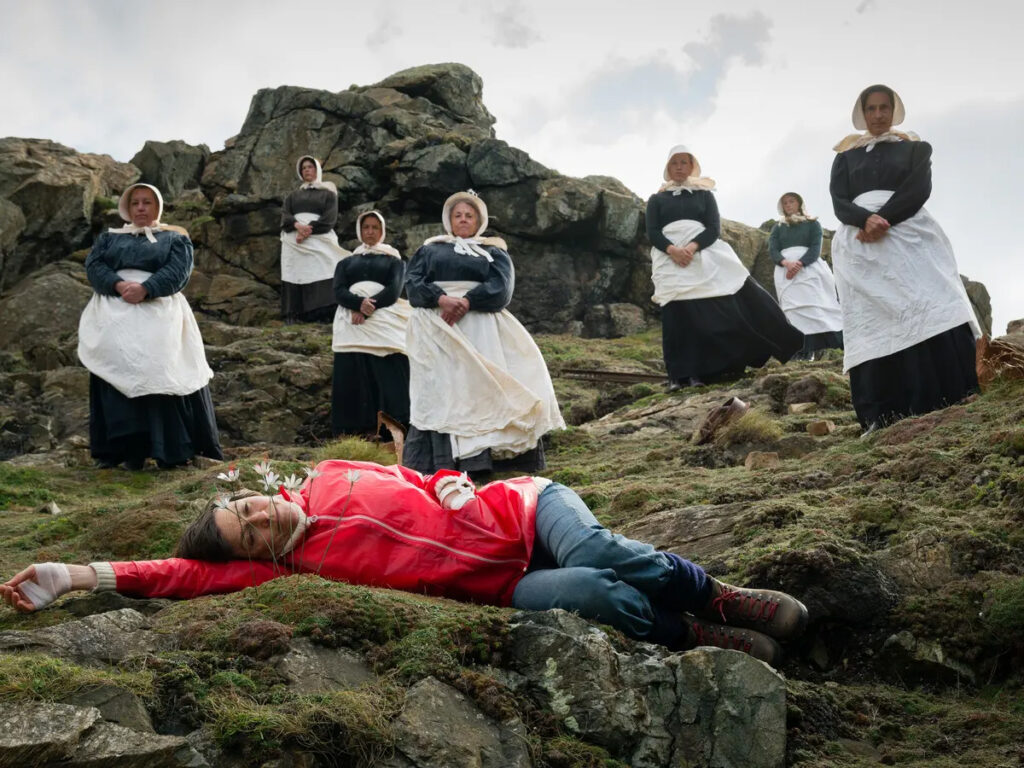
Pronounced ‘Ennis Main’, the title translates to ‘Stone Island’ in Cornish. Shot on 16mm film and set in 1973, it looks like something straight out the golden age of folk horror.
Mary Woodvine plays a volunteer studying a rare flower on an uninhabited Cornish island. Over the course of three days, the volunteer slowly begins to lose her grip on reality and we are left to question what is real and what isn’t.
Edward Woodward stars as Sergeant Neil Howie in The Wicker Man, not Peter Snell. Peter Snell was the producer.
Love this, thank you very much for taking the time to post it! I’m happy to have a few films to investigate as well. This site is such a rich treasure trove of knowledge about the modern visual arts, and articles like this help make it so!